I’ve always been fascinated by the world of dreams and wondered why we dream the way we do. One thing that really gets me thinking is the color of our dreams.
Why do some of us dream in color and others in black and white? What’s the deal with dreaming in color vs black and white?
In this blog post, we’re going to dig into this cool topic. We’ll look at what it means to dream in color or black and white. Whether your dreams are full of rainbow colors, just shades of grey, or a mix of both, I hope this chat about dreams will give you some fun new ideas about your own dream world.
So, let’s jump in and explore the significance difference between dream in color vs. black and white.
Creativity Levels

Dreaming in color is like having a wild imagination. These dreams are usually full of details and feel very real. People who often dream in color might be really creative. They might be good at coming up with new ideas, seeing things in a different way, or connecting things that don’t seem related. Each color in their dreams adds a bit more to the story, making it richer and more interesting.
But what about black and white dreams? Well, these dreams might mean that the dreamer is more of a logical thinker. They like to solve problems step by step and prefer clear answers over vague ideas. Their dreams might not have colors, but that doesn’t mean they’re not creative. They just show their creativity in a different way. They might be really good at things like critical thinking and solving problems.
Emotional Intensity
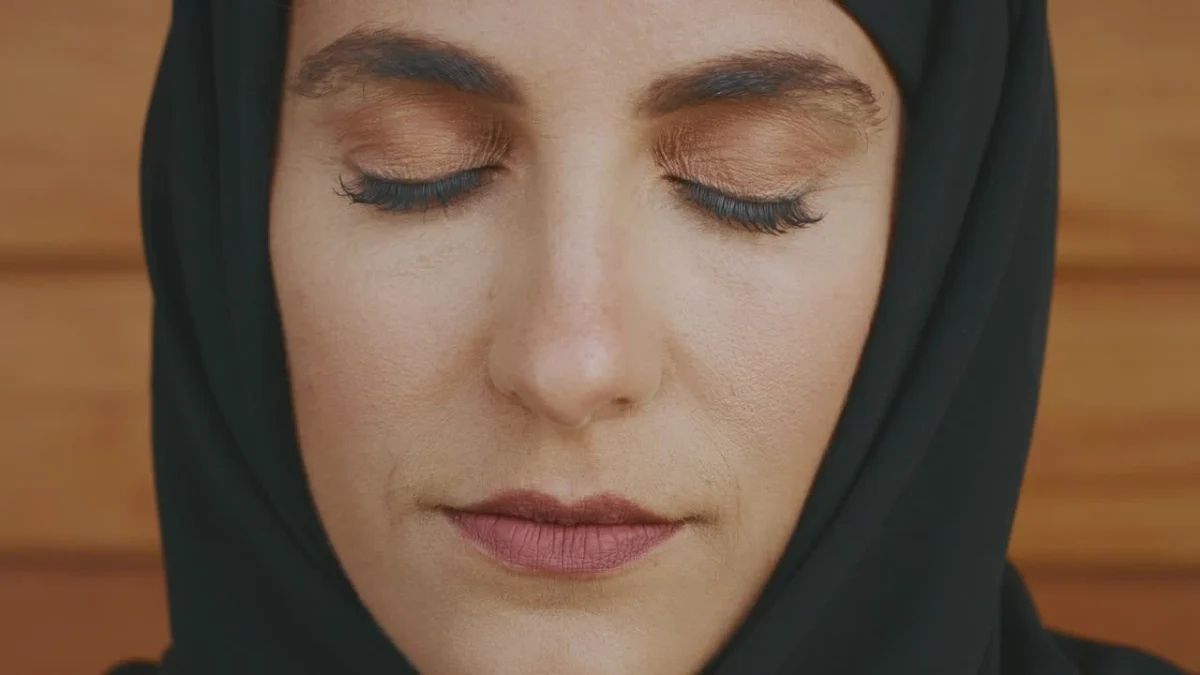
Dreaming in color is often linked to a higher degree of emotional intensity or sensitivity. This is because colors in dreams are thought to represent emotions, with each color carrying its own unique emotional significance.
For example, red mean anger or love, and blue mean sadness or calmness. So, if someone often dreams in color, they might be feeling a lot of different emotions in their daily life. They might be really in touch with their feelings and not afraid to show them.
On the other hand, black and white dreams might mean that the dreamer is more calm and balanced when it comes to their feelings. They like to think about their feelings and understand them, rather than just feeling them. Their dreams don’t have colors, but that doesn’t mean they don’t have feelings. They might just handle their feelings in a more calm and controlled way.
Memory Recall
Dreaming in color can make it easier to remember your dreams. Why? Because colors in dreams are like memory hooks. They’re bright and vivid, and they stick in your mind. You might not remember every little detail of your dream, but you might remember that bright red dress or the deep blue sea. These colorful bits and pieces can help pull up the rest of the dream from your memory.
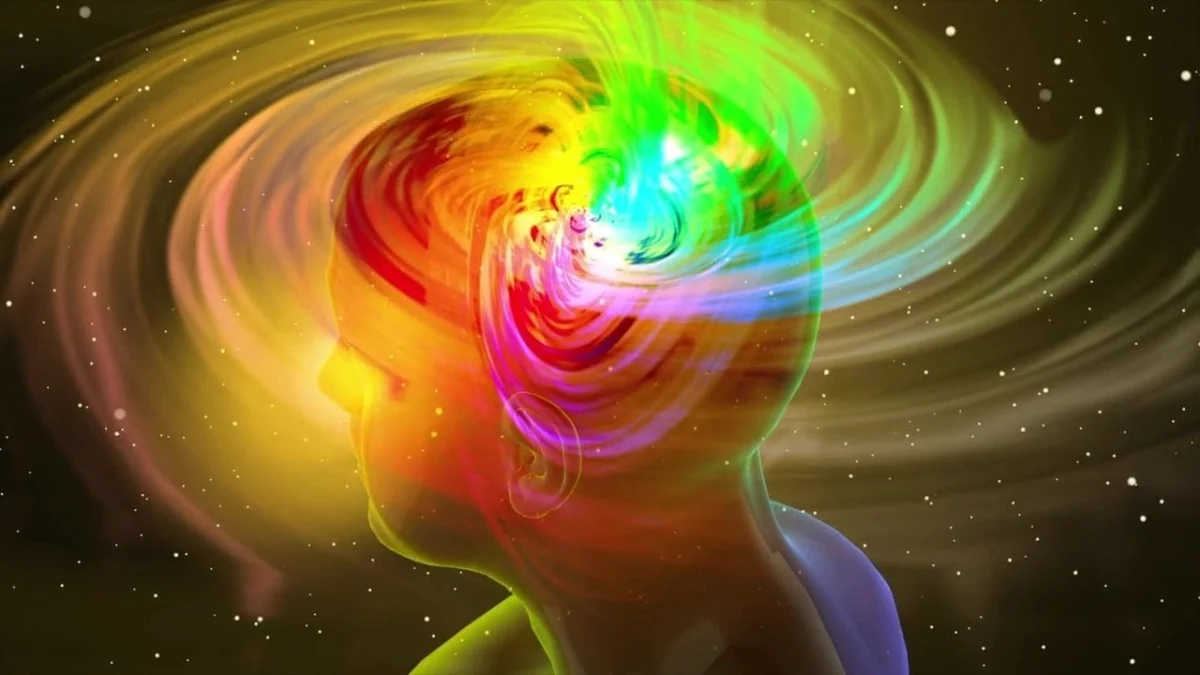
But what about black and white dreams? Well, these dreams might be a bit harder to remember. Without those bright colors to grab onto, the dream might slip away more easily. This doesn’t mean you have a bad memory. It just means that black and white dreams might be a bit more slippery. And remember, lots of things can affect how well you remember your dreams, like how well you sleep, how stressed you are, or just how your memory works in general.
Psychological State

Dreaming in color can be a sign that you’re feeling good. Colors in dreams are often bright and lively, just like when you’re feeling upbeat and happy.
Think about it. Dreaming of a sunny day or a colorful rainbow can show that you’re feeling optimistic and content.
- These colorful dreams can be a sign that you’re in a good place mentally and emotionally.
- You might be feeling joy, peace, or excitement in your daily life.
- The variety of colors in your dreams can mirror the variety of positive experiences and emotions you’re having when you’re awake.
On the other hand, dreaming in black and white might mean you’re feeling down.
Black and white dreams can feel less lively and more subdued, just like when you’re feeling sad or lonely. For instance, dreaming of a grey, overcast day or a black and white photo might show that you’re feeling down.
- These black and white dreams can be a sign that you’re going through a tough time, dealing with negative emotions or tough situations in your daily life.
- The lack of color in your dreams can mirror the lack of positive experiences in your waking life.
But remember, dreams are very personal and can be influenced by many things, so they shouldn’t be the only thing you look at to understand how you’re feeling.
Perception of Reality

Dreaming in color might mean you see the world in a more engaging way. Colors in dreams can make them feel more real, just like the vibrant world we see when we’re awake.
For example, a person who dreams in color might be the type who stops to admire a sunset, noticing the different shades of orange, pink, and purple in the sky.
- People who often dream in color might be more aware of their surroundings.
- They might notice the small details around them, like the different colors and the play of light and shadow.
- This engaging view of the world could make their experiences more intense and memorable, leading to more colorful dreams.
On the flip side, dreaming in black and white might mean you see the world in a more abstract way.
People who dream in black and white might focus more on the big picture, rather than the small details.
They might be the kind of person who appreciates the architecture of a building more than its color. It’s like looking at the world as a blueprint or a sketch, where the focus is on the shape and structure, not the color and decoration.
- They might see the world in a more symbolic way, looking beyond the colors to the heart of things.
- This abstract view could take the colors out of their dreams, leaving them with clear black and white images that represent the main ideas they’re thinking about.
- This doesn’t mean they don’t appreciate the beauty of the world, but rather that they appreciate it in a different, more conceptual way.
Cultural Influence
Dreaming in color could be a reflection of a culture that loves color and variety. In societies where color is a big part of daily life, like in festivals, art, and fashion, people might dream more in color.
These cultures often celebrate differences and show it through a rainbow of colors, each with its own special meaning.
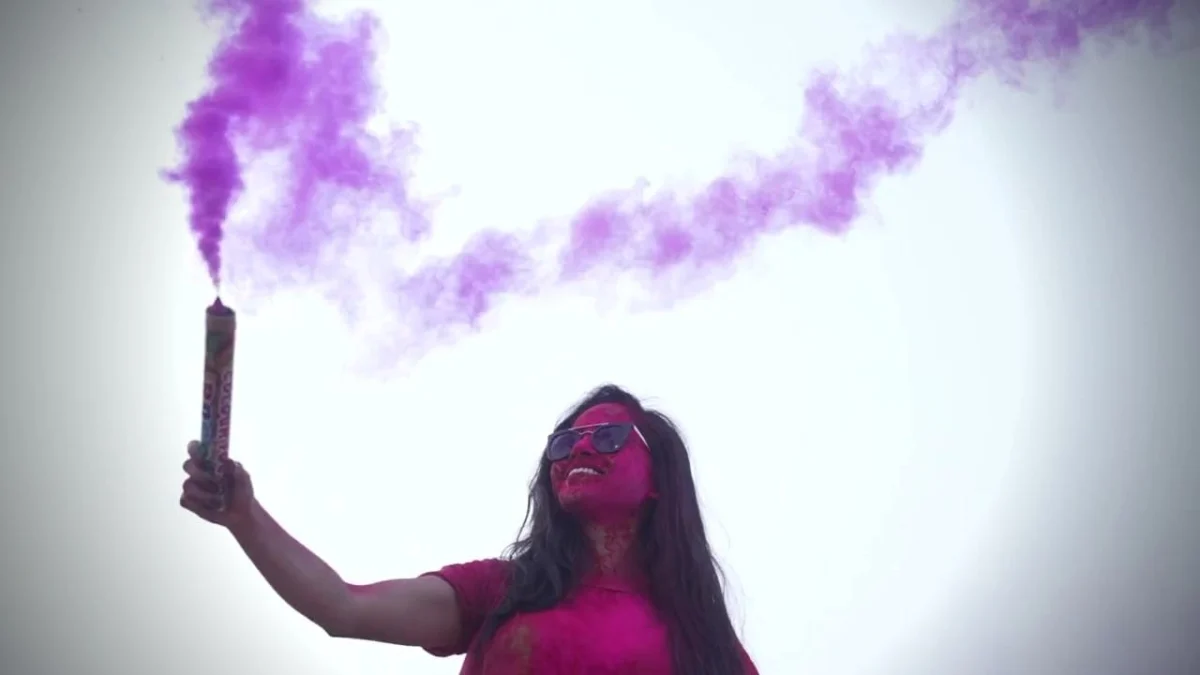
For example in Indian culture, color plays a significant role in daily life, from the vibrant saris worn by women to the colorful rangoli designs created during festivals like Diwali.
The Holi festival, also known as the “festival of colors,” is a prime example of this. During Holi, people throw brightly colored powders at each other, filling the streets with a riot of colors.
This celebration of color and diversity might influence the dreams of individuals from this culture, leading to dreams filled with bright and meaningful colors.
On the flip side, black and white dreams could be a sign of a culture that appreciates simplicity and minimalism, such as Japan.
Japanese culture is known for its emphasis on minimalism and restraint, as seen in traditional tea ceremonies, Zen gardens, and Ikebana (the art of flower arrangement).
The concept of “Ma” or negative space, which is central to Japanese aesthetics, values the beauty of simplicity and the depth that can be found in monochrome.
This cultural appreciation for minimalism and simplicity might influence the dreams of individuals from this culture, leading to dreams that are stripped of color but rich in symbolic meaning.
Personal Values

Colorful dreams might be a mirror of personal values that celebrate variety and change. Let’s take the example of an artist. An artist, who thrives on diversity, novelty, and continuous growth, might see these values mirrored in their dreams.
Their dreams might be a canvas of colors, each hue adding a layer of depth and meaning. These dreams could be a testament to their openness to new experiences and their thirst for continuous learning and growth.
On the flip side, black and white dreams might reflect a love for stability and consistency.
Consider a librarian, for instance. A librarian, who values routine, order, and predictability, might find these values echoed in their dreams.
Their dreams might be like a black and white photograph, consistent and comforting in its simplicity. These black and white dreams could symbolize their love for stability and their comfort in the familiar rhythm of routine.
Psychological Adaptation

Color dreams might be a sign of successful psychological adaptation to new experiences. The variety of colors in these dreams could symbolize the dreamer’s ability to adapt to different situations and to cope with changes in their life. These individuals might be more resilient and flexible, able to navigate through life’s ups and downs with a positive outlook.
For example, a traveler might have dreams full of different colors, showing their ability to adapt to new places and cultures with a positive attitude.
On the contrary, black and white dreams could indicate a struggle with change or adaptation. The lack of color in these dreams could symbolize the dreamer’s difficulty in adjusting to new situations or their resistance to change. These individuals might find comfort in the familiar and might struggle when faced with unexpected changes or challenges.
For example, a person who has lived in the same town their whole life might have dreams in black and white, showing their struggle to adjust to new situations and their preference for things that are familiar.
Mind-Body Connection
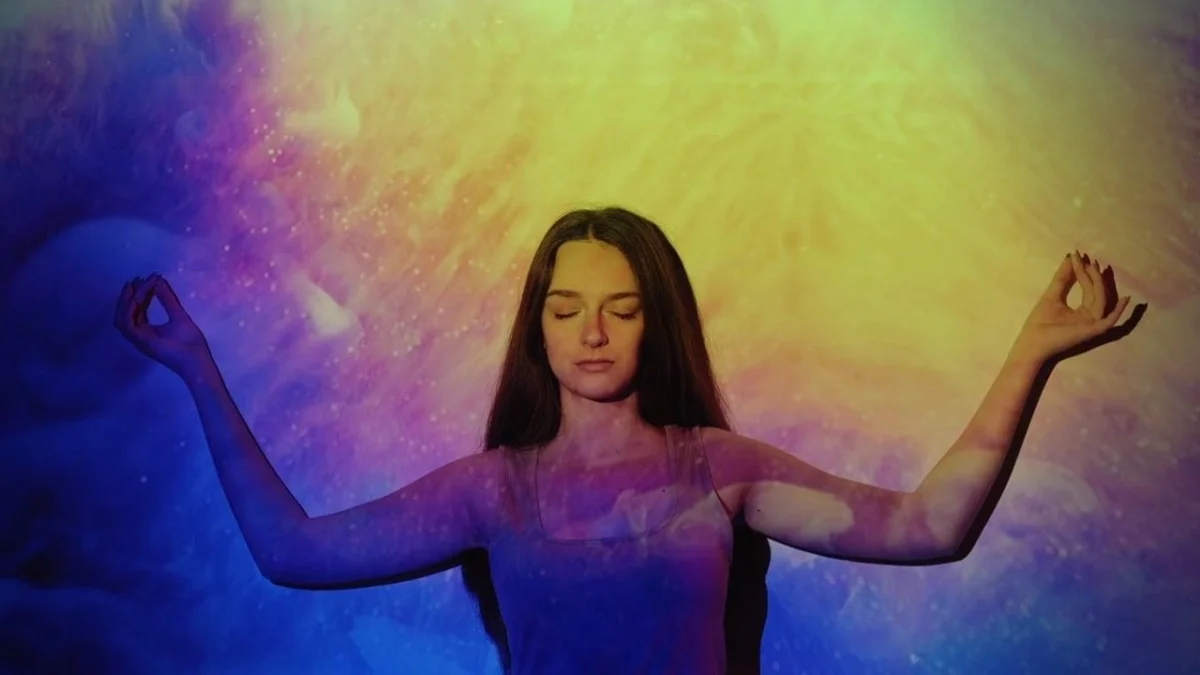
Color dreams might be a sign of a strong mind-body connection. The intensity of these dreams could reflect the dreamer’s awareness of their physical sensations and their ability to integrate these sensations with their thoughts and emotions.
For example, a yoga instructor might have dreams full of vibrant colors, showing their awareness of their body's sensations and how they link with their thoughts and feelings.
On the other hand, dreams in black and white might show that a person feels a disconnect between their body and mind.
For example, someone who works a desk job and doesn't get much physical activity might have dreams in black and white, showing a gap between their physical experiences and their mental processes.
Do we dream more in color or black and white?
Most people tend to dream in color. The variety of colors in dreams can vary greatly among individuals and can be influenced by numerous factors, including age, cultural background, and personal experiences.
Age, for instance, plays a significant role. Younger people, especially children, tend to have more vibrant and colorful dreams compared to older adults. This could be due to the fact that younger people have more active imaginations and are more open to a variety of experiences, which can translate into more colorful dreamscapes.
Do people use to dream in black and white?
A study conducted by psychologist Eva Murzyn found that during the mid-20th century, people, particularly those who grew up with black-and-white television, reported dreaming mostly in black and white.
This was especially true for older individuals who had access only to black-and-white media during their formative years. Interestingly, as color television became more prevalent, there was a corresponding increase in the number of people reporting color dreams.
This suggests that the media environment a person is exposed to during childhood can significantly influence the color of their dreams (Murzyn, 2008).
What percentage of people dream in color?
Studies conducted by researchers at the University of Pittsburgh show that about 80-85% of people report dreaming in color.
They found that the majority of dream reports from students included at least one color term. The frequency of color in dreams was found to be higher in students than in older adults, suggesting that the frequency of color dreams can decrease with age (Schredl, M., et al., 2011).
Is it rare to dream in color?
No, it’s not rare to dream in color. In fact, the majority of people report dreaming in color. However, the vividness and variety of colors in dreams can vary greatly among individuals.
Does a blind person dream in color?
The ability of a blind person to dream in color depends on whether they were born blind or became blind later in life. Those who were born blind or lost their sight at a very young age do not dream in color because they have never seen colors. However, those who became blind later in life can still dream in color based on their visual memories.
Do dogs dream in color?
While it’s clear that dogs do dream, the question of whether they dream in color is still a subject of debate among scientists. Dogs are not completely colorblind but see a reduced color spectrum compared to humans. However, it’s challenging to determine whether these color perceptions carry over into their dreams.
Conclusion
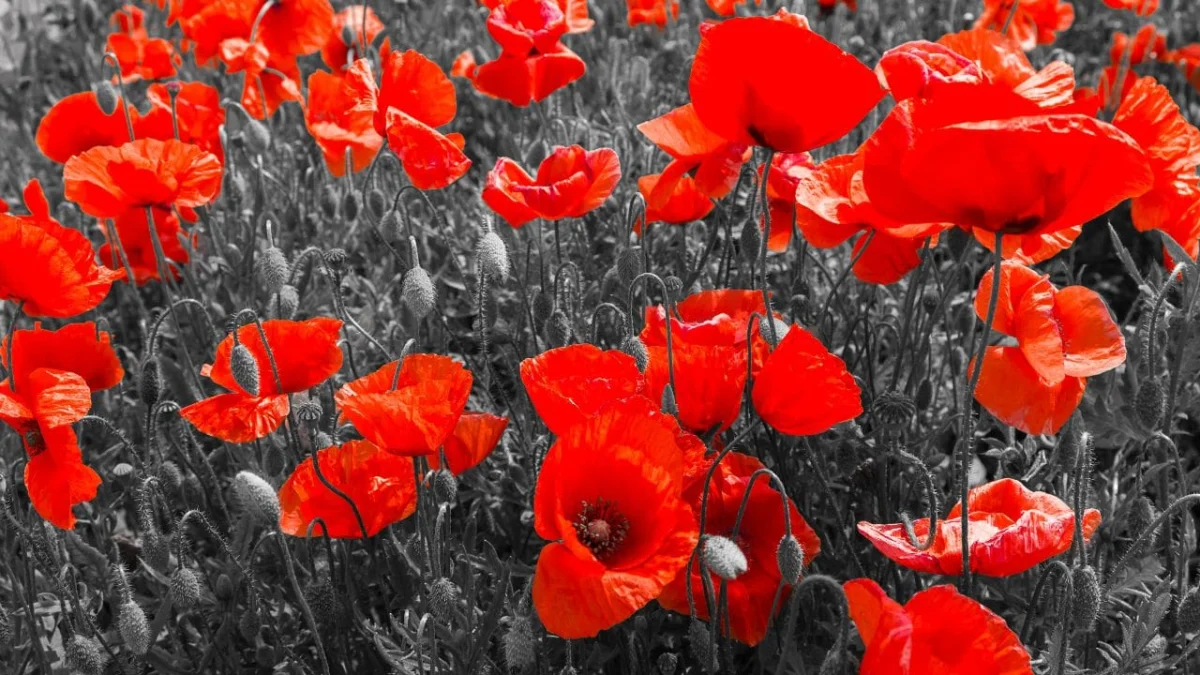
Dreams are like a secret language, and the colors in them are the words. They tell us about who we are and what we feel. Whether we dream in bright colors or just black and white, each dream is a special message from our own minds.
Remember, there’s no right or wrong when it comes to dreams. They’re as unique as we are. So, whether your dreams are filled with rainbow colors or shades of grey, they’re a part of your own story.
So, as you tuck yourself in for the night, get ready for another adventure in your dream world. Who knows what colors await you there?
Sweet dreams!








